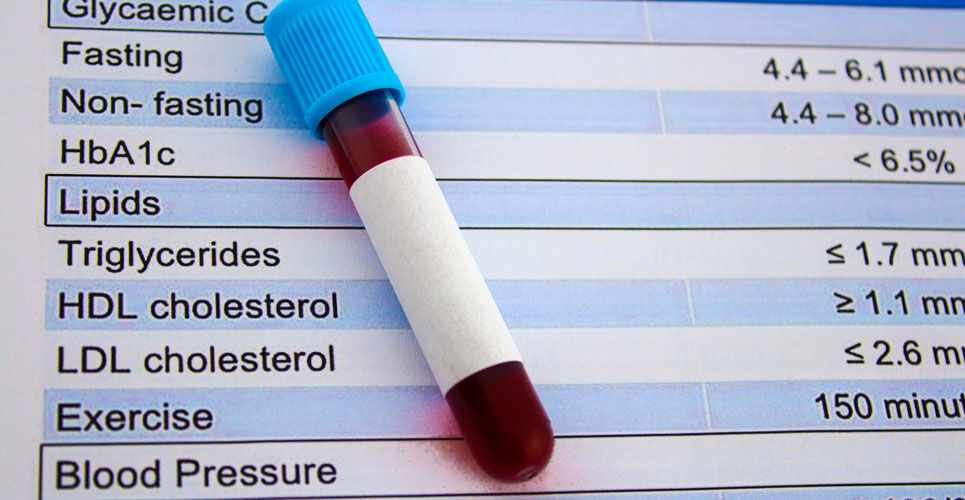Higher LDL triglyceride levels are robustly associated with an increased risk of atherosclerotic cardiovascular disease and its components
A study by Danish and UK researchers in which they examined data from the Copenhagen General Population Study found that higher LDL triglyceride levels, were linked to an elevated risk of atherosclerotic cardiovascular (ASCV) disease and its components such as myocardial infarction, ischaemic stroke and peripheral artery disease.
It is well recognised that a higher low-density lipoprotein (LDL) level is directly linked with the development of ASCV. Moreover, it has previously been shown that LDL contains a mixture of phospholipids, cholesterol and its esters and around 6% triglycerides. Nevertheless, the role of triglycerides in ASCV has achieved much less attention in comparison to LDL, possibly because of a lack of randomised, clinical trial evidence.
As a result, in the current study, researchers wanted to better understand the potential role of LDL triglycerides (LDLT) in the development of ASCV and hypothesised that it was likely that higher LDLT levels would in fact be linked to greater risk of ASCV. The team used data obtained in the Copenhagen Population study, in which the lipid levels were measured in nearly 70,000 patients, either by a direct assay or from assessment by nuclear magnetic resonance. The researchers then performed a meta-analysis incorporating their findings from the Copenhagen study with previous studies.
LDL triglycerides and atherosclerotic cardiovascular disease
Levels of LDLT had been measured via a direct assay in 38,081 individuals and by NMR in 30,208 and who were followed for a median of 3 and 9.2 years respectively.
Using the results from measurement of LDLT direct assay, researchers calculated that for every 0.1mmol/l increase in LDLT, there was a 26% higher risk of ASCV (hazard ratio, HR = 1.26, 95% CI 1.17 – 1.35). The risks were similarly elevated for ischaemic heart disease (HR = 1.27), myocardial infarction (HR = 1.28), ischaemic stroke (HR = 1.22) and slightly higher for peripheral artery disease (HR = 1.38). Using the NMR-derived data gave rise to similar elevated risks for ASCV and its components.
When these results were included into the meta-analysis, giving a total participant population in excess of 110,000, a comparison of the highest to lowest LDLT quartile, revealed a risk ratio (RR) for ASCV of 1.5 (95% CI 1.35 – 1.66). Again, the risk ratios were also significantly elevated for ASCV components.
The authors concluded that elevated LDLT were robustly associated with an increased risk of ASCV and its components.
Citation
Balling M et al. Elevated LDL Triglycerides and Atherosclerotic Risk. Am J Coll Cardiol 2023
